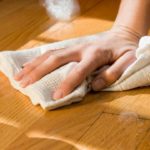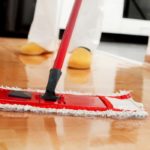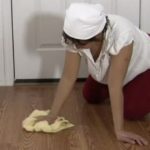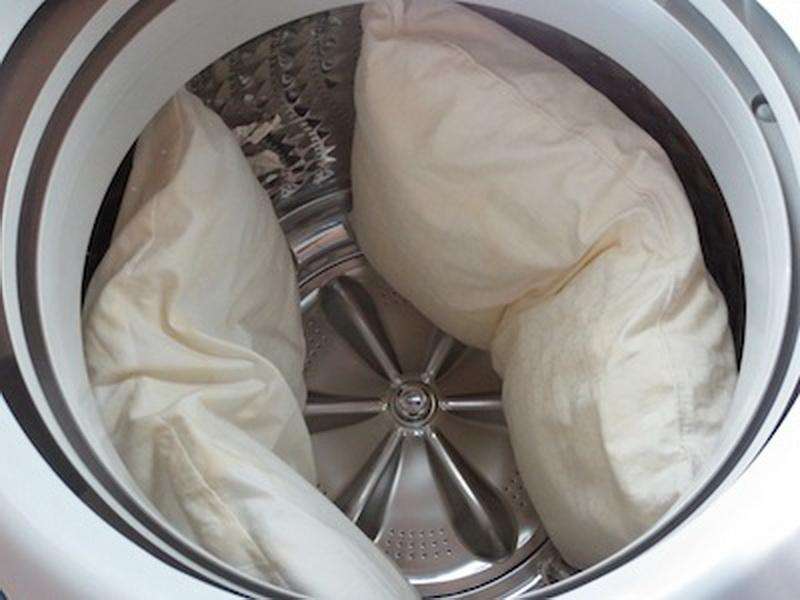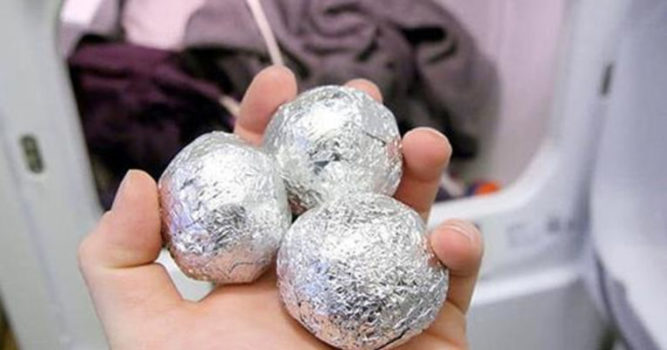What is the best way to wash the floor?
It would seem that what could be easier than washing the floor? You take an old T-shirt, wet it, run it across the floor and enjoy life. You just don’t rejoice for long: the lint stuck there, the dust wasn’t washed off, some stains remain or the linoleum is swollen... Let’s approach this issue wisely.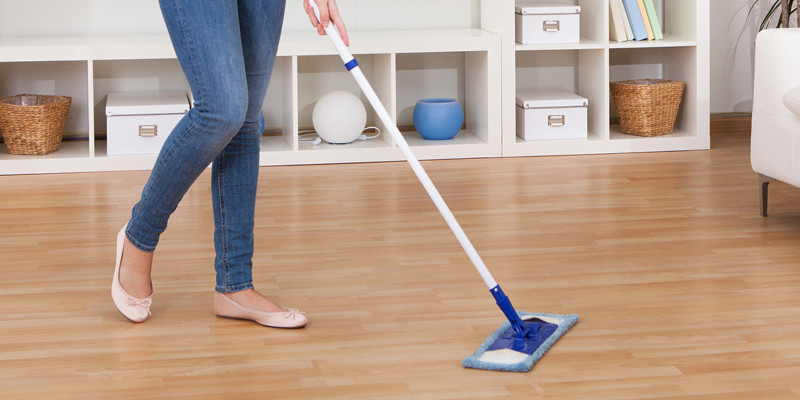
The content of the article
General rules for cleaning floors
There are sanitary and hygienic standards that state that the optimal frequency of floor cleaning for a family living in a medium-sized apartment is 2-3 times a week. And no, it’s not Saturday, Sunday or some other day of the week, as is most often the case, it’s better to distribute the “load” evenly and it’s advisable to free up the weekends.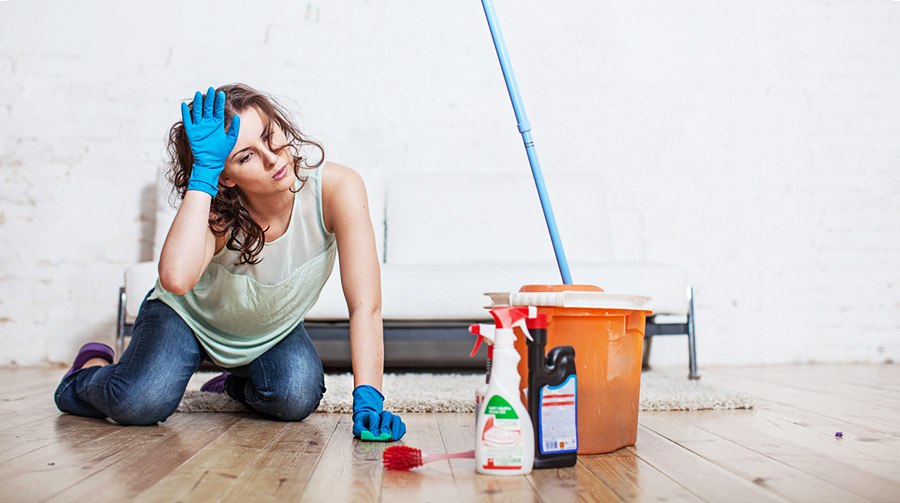
Reference! Two good examples of schedules: Monday-Wednesday-Friday for a family with animals and/or children, or Tuesday-Friday for a family without them.
Householders, for whom the cleanliness of the apartment 24/7 comes first, can apply these schedules to less accessible rooms (living room, children's room, bedroom), and wash more accessible ones (hallway, kitchen, bathroom, toilet) daily.
So, the schedule has been drawn up, now it’s time to outline an action plan:
- Everything that can be easily moved and put away can be moved and put away, preferably to another room. Many people do this while cleaning, spending extra energy on switching tasks, while others don’t even do this; as a result, the floor seems to be clean, but there is dust around the chair legs.And during general cleaning, heavy artillery is used: moving sofas, beds, cabinets, etc.
- If you didn’t sweep yesterday, sweep today. This again comes to the question of switching tasks: it is better to go through with a broom/vacuum cleaner and then with a rag, than to constantly run around and shake off crumbs or hairs from a rag.
- Fill a bucket with water and a solution suitable for your flooring. If you don’t want to get your hands dirty or are afraid of allergies, make friends with rubber gloves. If you are using a mop, now is the time to attach a cloth to it.
- About the direction of movement. There are two options: the first - from the corners of the room to the center, the second - from the wall opposite the exit, in fact, to the exit. Choose the one that is more convenient for you.
Attention! Don't forget to wash the rag every two to three square meters!
And further:
- if there is foam left from the solution, wipe it with a cloth soaked in plain water;
- If you wash linoleum, soft wood flooring or parquet (no matter whether varnished or not), be sure to wipe it with a dry cloth after washing - otherwise, unsightly bubbles may form (on the linoleum), the wood will begin to rot, or the boards may move relative to each other, causing -why the floor will become uneven.
How and what is the best way to wash different floors
Since we're talking about this, let's take a closer look at the last point and analyze each floor covering separately.
A floor made of hard wood, such as larch or oak, can be washed as you would with anything, but if it is made of spruce, pine or ash, then, as I said, it is enough to wipe it dry after washing, and it will not require any other trouble.
Laminate normally “accepts” wet cleaning, but does not respond well to wet cleaning. Be sure to wring out the cloth thoroughly when washing and make sure there are no puddles left anywhere.
Parquet has such an interesting property: after 5-7 years after installation, it doesn’t care at all, but at first, do not forget about dry wiping after wet cleaning.
Linoleum - wipe dry, then there will be no bubbles.
Wash ceramics and porcelain tiles however you like! As a rule, ceramics are installed in rooms with high humidity, to which they are accustomed, so the only thing you need to watch out for is that there are no stains left from detergents.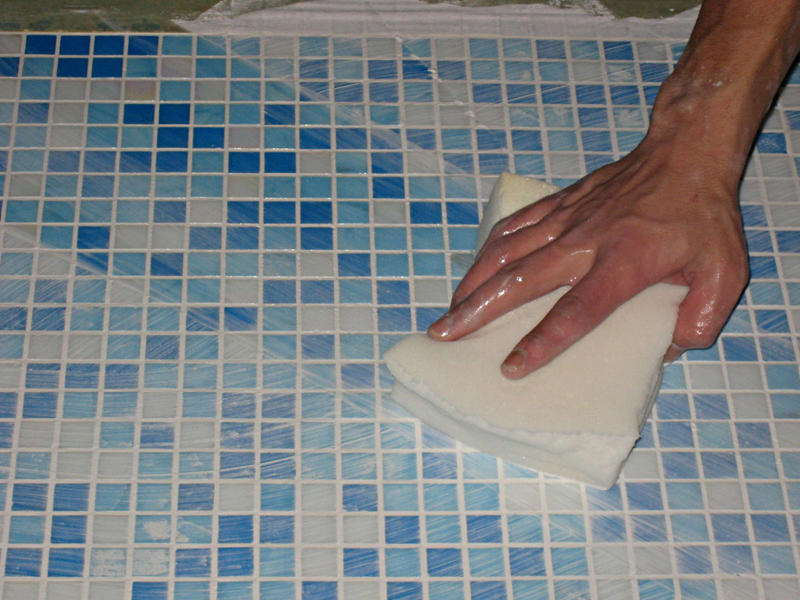
Self-leveling floor. As for humidity and solutions, there are no restrictions on them, but there are nuances with rags - it is better to use soft ones and not scrub off dirt with a brush, as scratches may remain.
Now let's move on to cleaning products. With ready-made store-bought chemical liquids and gels, everything is simple: you read the recommendations on the packaging and follow them. Many people use traditional methods, the most popular of which are solutions with vinegar or laundry soap. I have nothing against them, the main thing is that in the first case, do not forget to protect your hands from irritation with gloves, and in the second, wipe the floor after washing with plain water to avoid streaks.
Well, all that was left was the inventory.
Old towels for washing floors
Of all the non-purchase inventory, this is the most suitable. The towel has a comfortable shape (unlike, for example, clothing), absorbs water well, is not too hard when wrung out and is quite soft for any surface. You can use it to wash the floor by hand or wrap it around a mop.
If you go to the store to buy rags, opt for the following materials:
- cotton - absorbs water well, does not stretch over time and wears out very slowly;
- viscose - very durable and does not leave lint, but is not suitable for heavy soiling;
- acrylic - does not absorb water well, so it is best suited for dry cleaning;
- polyamide - dries quickly, does not rot over time and perfectly cleans heavy dirt;
- microfiber is universal, absorbs water perfectly, and after squeezing it immediately becomes almost dry.
I hope my recommendations help your floors stay clean and shiny!

